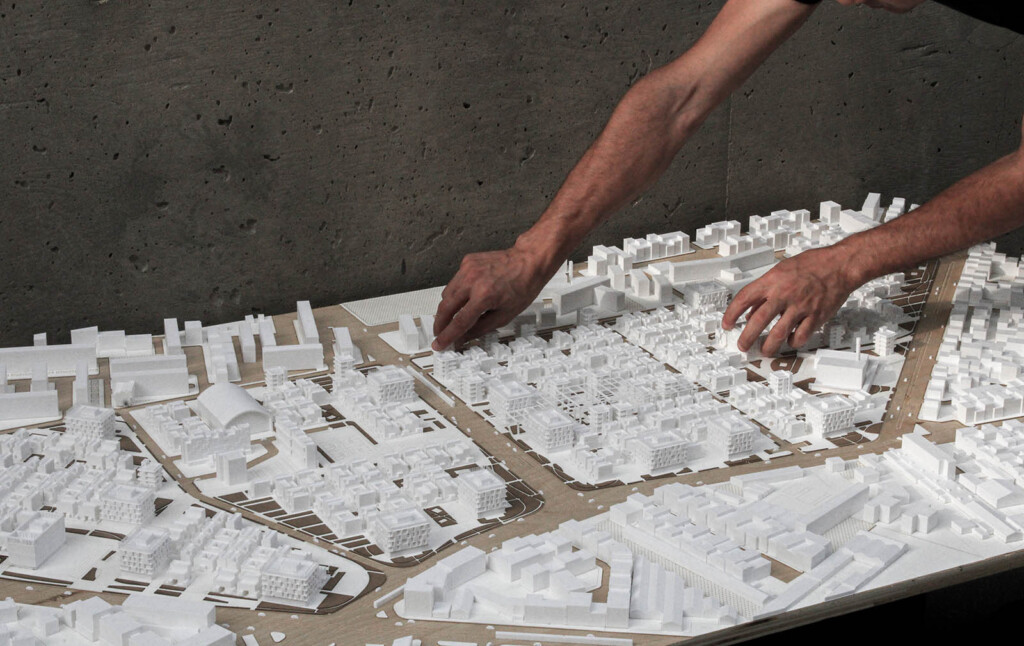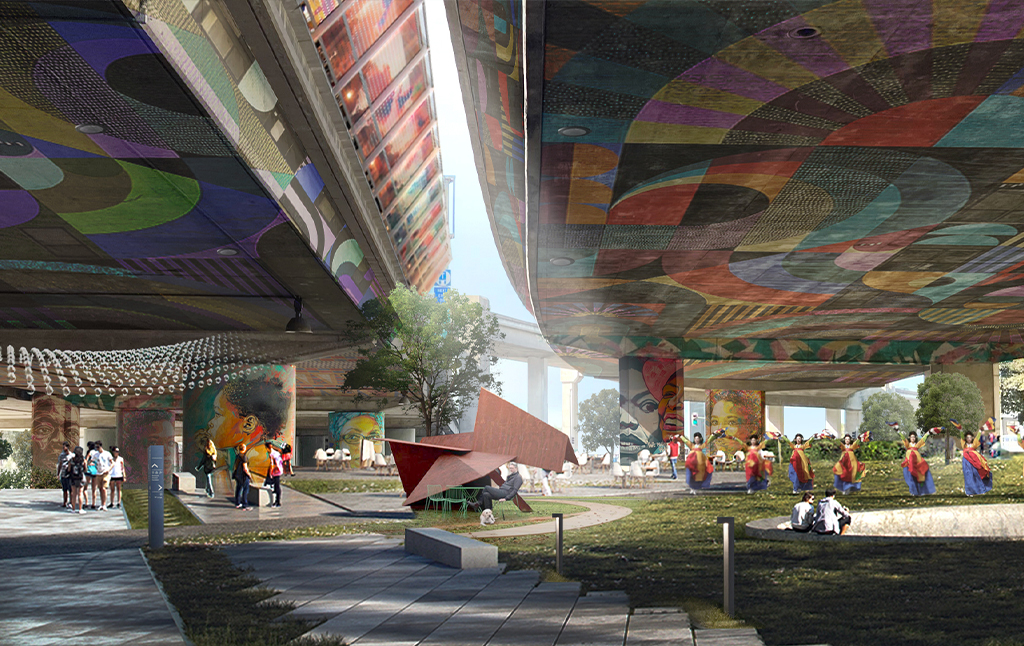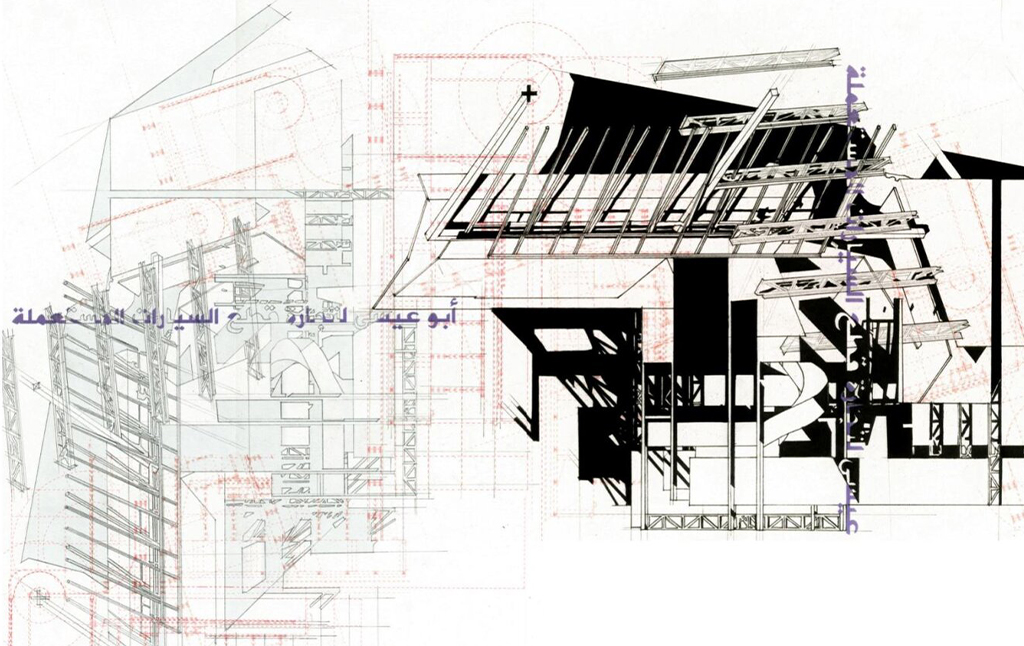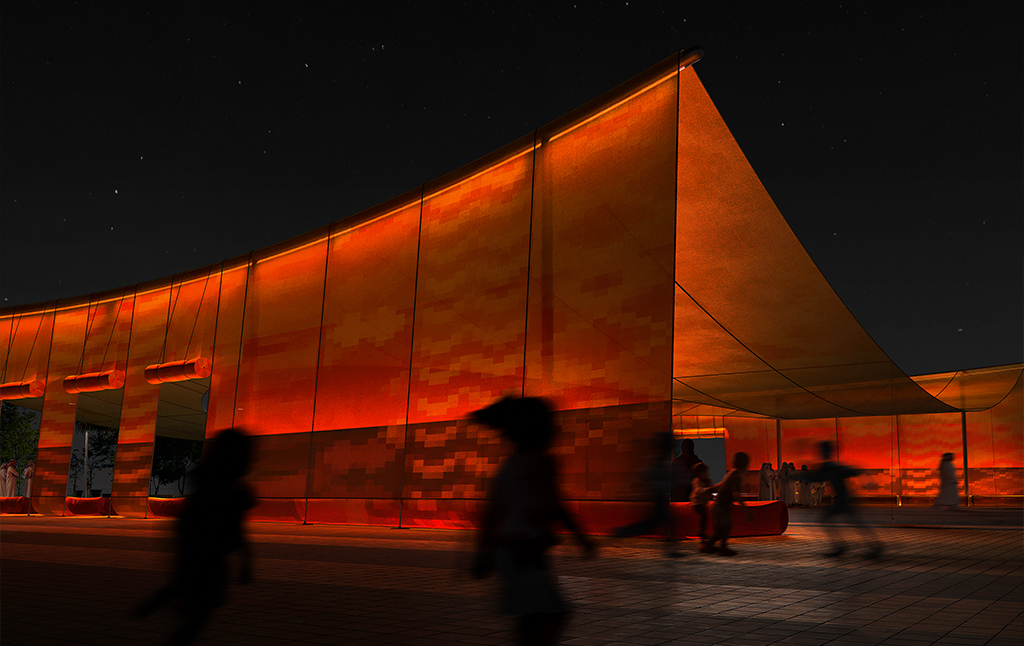
Coming Soon
Tangents
︎
︎
Dwellings, Paths, Places: Configurative Habitat in Casablanca, Morocco
The Modernist enterprise in Casablanca resulted in unique urban and architectural interventions in a quasi-forgotten city. In particular, distinct typo-morphologies such as Michel Ecochard’s Carrières Centrales housing development have been in a constant state of flux, thereby transforming the urban fabric, its architecture, and interiors in rather ad-hoc ways. Responding to the ways in which such typo-morphologies have changed over the decades, this thesis operates on Ecochard’s original proposal to speculate on how a modernist housing development could allow for growth and change in such a way that retains the original typological features (e.g: courtyards, streets), but also remains relevant to Moroccan spatial traditions. The goals of the thesis seek to determine the possible urban design strategies that would allow for configurative habitat in this particular context, to establish the appropriate density to support a dynamic urban environment, to position this site amongst many others across the city that suffer from similar typo-morphological shortcomings, and to recognize them as imperative constituents in the development of urban design between North Africa and Europe.
Harvard University Graduate School of Design
︎ ︎
︎ ︎

Architecture at a Crossroads
In the early 20th century, Manhattan represented the culminating and most extraordinary form of interdependence between architecture and urban morphology. The project for this studio is a multi-use development (affordable, market and student housing; office space, coworking space; shared lab and learning space; flexible art production and performance space) to be comprised of four separate buildings located on the corners at the crossing of an avenue and a street (7th Avenue and 23rd Street). Such a development, highly unlikely or implausible due to the economics and protocols of property aggregation, would be unprecedented in New York. It would have the effect of binding together entities – urban blocks – never before unified, architecturally. By doing so, the hypothesis at once foils and resynthesizes the persistent coherence and incoherence wrought by New York over the course of more than a century.
Harvard University Graduate School of Design
︎ ︎
︎ ︎

Sono-Textures: Exploration in Pattern Legibility from Sound
Generated Toolpaths in Additive Clay 3D Printing
Sono-Textures is an audio-processing technique that maps audio frequencies to toolpaths for 3D printing. Lower frequencies begin at the bottom of the print and ascend toward higher frequencies at the top of the print. A column of points on the print represents a moment in time in the audio recording beginning at the start of the print. Time is read around the circumference of the clay artifact.
Harvard University Graduate School of Design
︎
︎

The Well-Tempered Grid: Spatializing Innovation
Over the past decade, the Boston/Cambridge area has attracted tremendous attention and investment as a global center for technology innovation. Major hospitals and research institutions (so-called “meds and eds”) have been the driving forces behind innovation and enterprise districts arising across the city. Across the United States and globally, these districts represent a relatively recent product of the market, an urban typology that’s not yet well established. This kind of development is a double-edged sword. This studio took on a real site as a case study in proposing a more vibrant, inclusive, and welcoming type of innovation district in Boston.
Harvard University Graduate School of Design
︎ ︎
︎ ︎
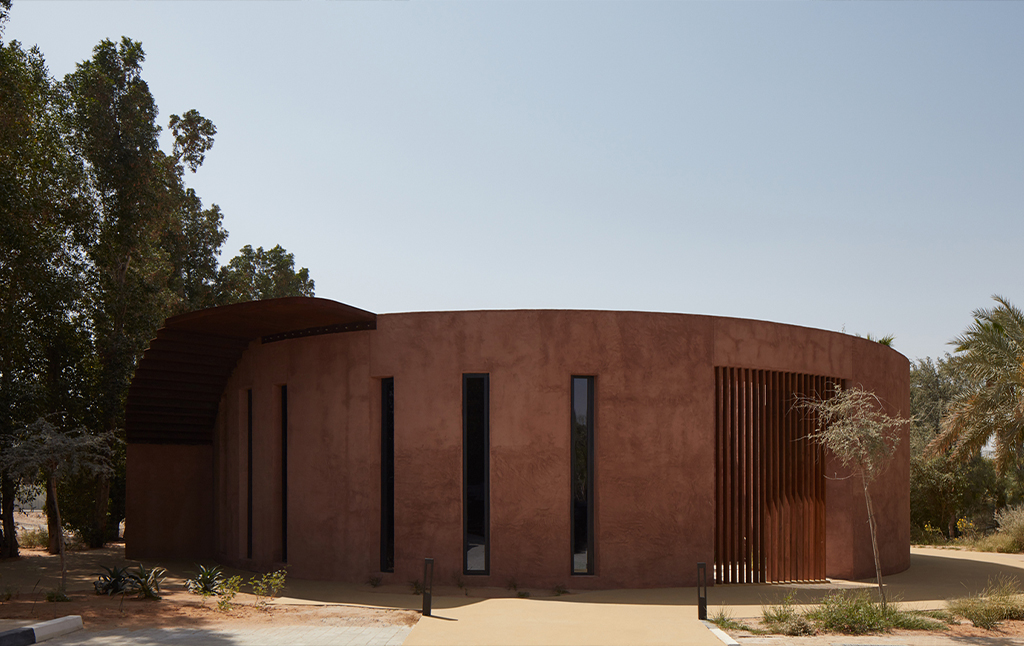
KOA Canvas Events Pavilion
The Canvas Events Pavilion, which was completed in early 2022 near Al Barari in Dubai, is a continuation of KOA Canvas – another project that was also designed by T.ZED Architects as a neighbourhood that allowed creative minds and entrepreneurs to collaborate and interact in an unusual setting.
T.ZED Architects
︎ ︎
︎ ︎

Westwood Reach
Westwood Reach examines the Route 128/University Park Station district in Westwood, MA, an urban peripheral area in flux. Like many suburbs in the United States, development in Westwood reached its peak in the 1970s and has since been in a state of stasis, albeit a relatively prosperous one in this case.
Harvard University Graduate School of Design
︎
︎
Just Oakland
Just Oakland: Restorative Spatial Justice Framework is a project that prioritizes equity in its design to address the BIPOC community's historical barriers to physical and economic mobility. The project aims to reframe Oakland's divisive Nimitz freeway infrastructure as an urban commons that connects the neighbourhood and activates the site as a resource centre and place for justice.
Harvard University Graduate School of Design
︎
︎
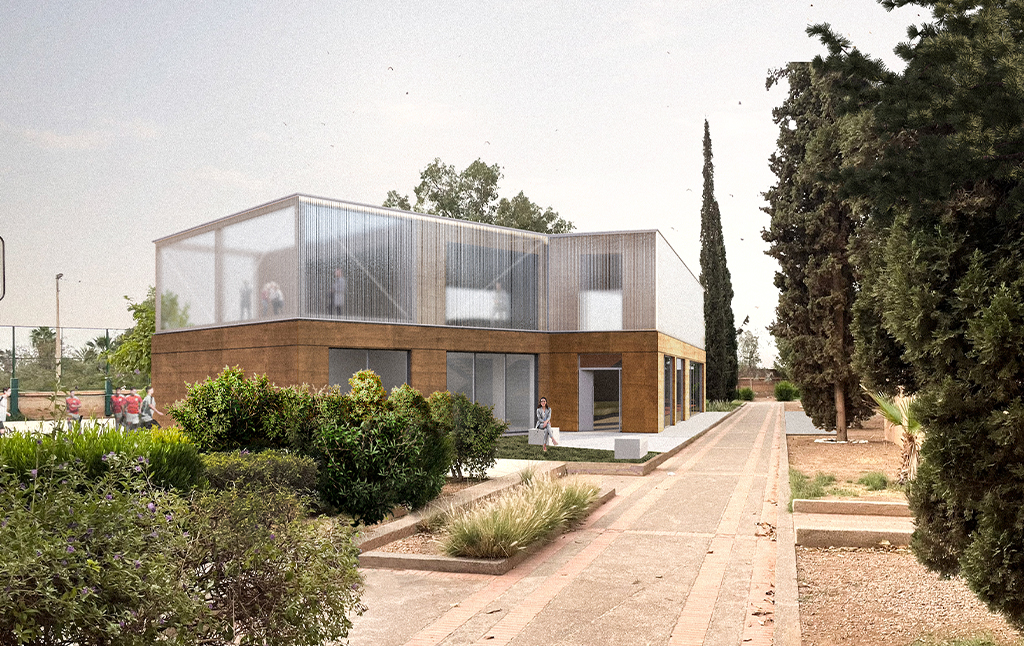
ASM Makerspace
This Adaptive Reuse Project in Marrakech revolves around the transformation of a currently underutilized 250 sqm building into a dynamic Makerspace environment. This proposal seeks to revitalize the existing structure, which is presently used for storage and teaching purposes, by infusing it with a renewed purpose that aligns with the school's educational objectives. The primary goal is to create a space where creativity, innovation, and collaboration can flourish, not only among students and faculty but also within the broader local community of Marrakech.
Tangents
︎ ︎
︎ ︎

Additive Stereotomies
Made effective in late 2019, ‘The Dubai 3D Printing Strategy’ mandates that 2% of new construction to be comprised of 3D Printe elements, to drive innovations in new materials, carbon neutral construction, and design automation. This percentage will grow to 25% by 2030, anchoring Dubai as the ‘3D Printing Hub of the World’.
This proposal for pavilion in Dubai explores Additive Manufacturing as means to seed exciting, sustainable constructions. It examines examine generating, testing and constructing components of the scaled constructions in light of the principles of ‘Stereotomy’ -the art and science of cutting 3D solids into particular shapes, to enable the assembly of structurally stable structures. This concept consists of a series of constant stress arches, constructed from voussoirs (building blocks) that are 3D printed using binder jetting technology. Additive Stereotomies represents a novel building system thought to realize a vaulted space to be fabricated by means of large scale additive manufacturing techniques.
AA Visiting School Dubai
︎ ︎
︎ ︎
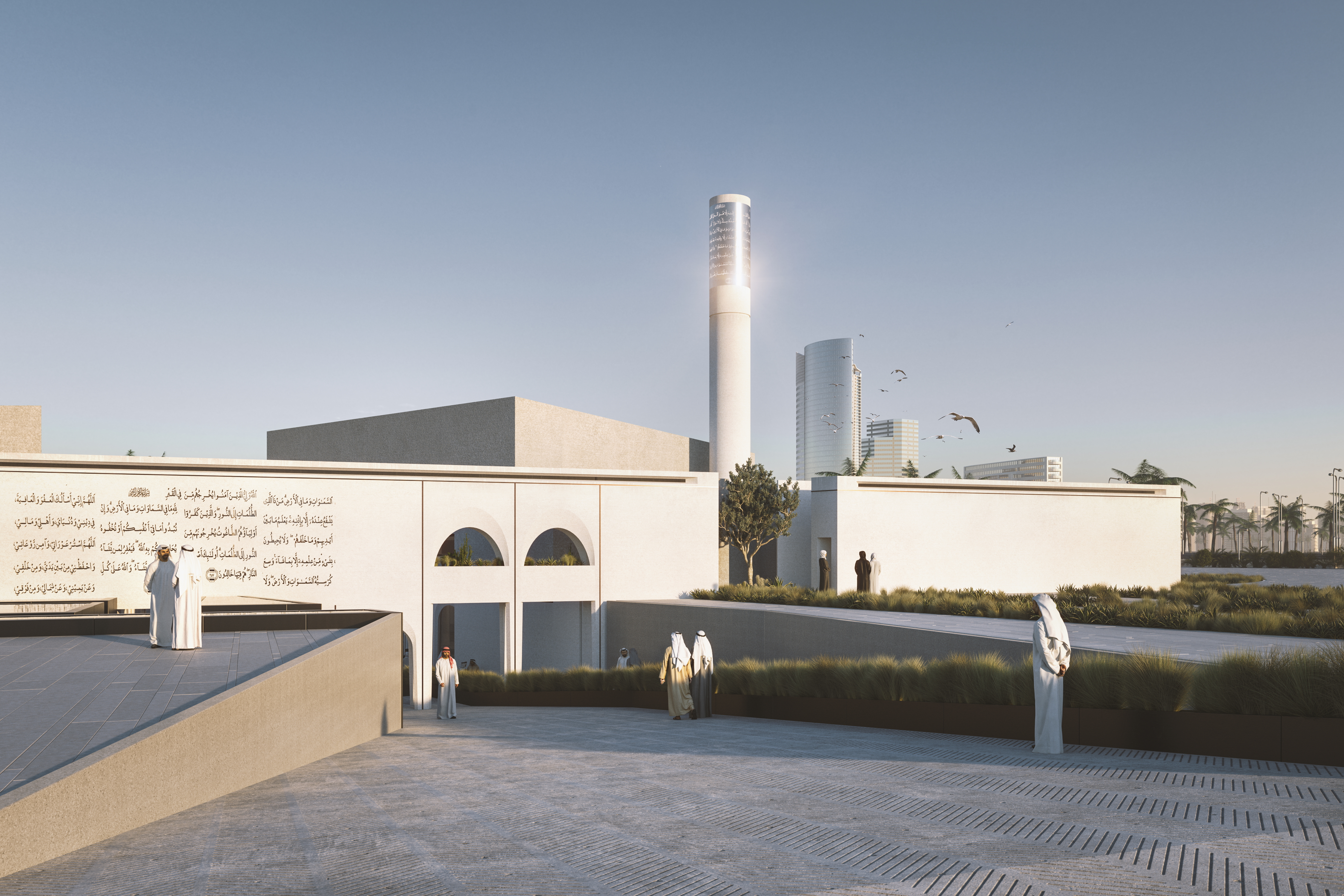
DFC Mosque & Cultural Center
The design of the DFC Mosque responds thoughtfully to its urban and cultural context and creates a program-rich complex that is both iconic as it is welcoming.Fragmented into a series of buildings, the mosque complex balances spiritual presence of the act of worship with civic openness, whilst framing a central courtyard and Visitor Centre.
T.ZED Architects
︎
︎
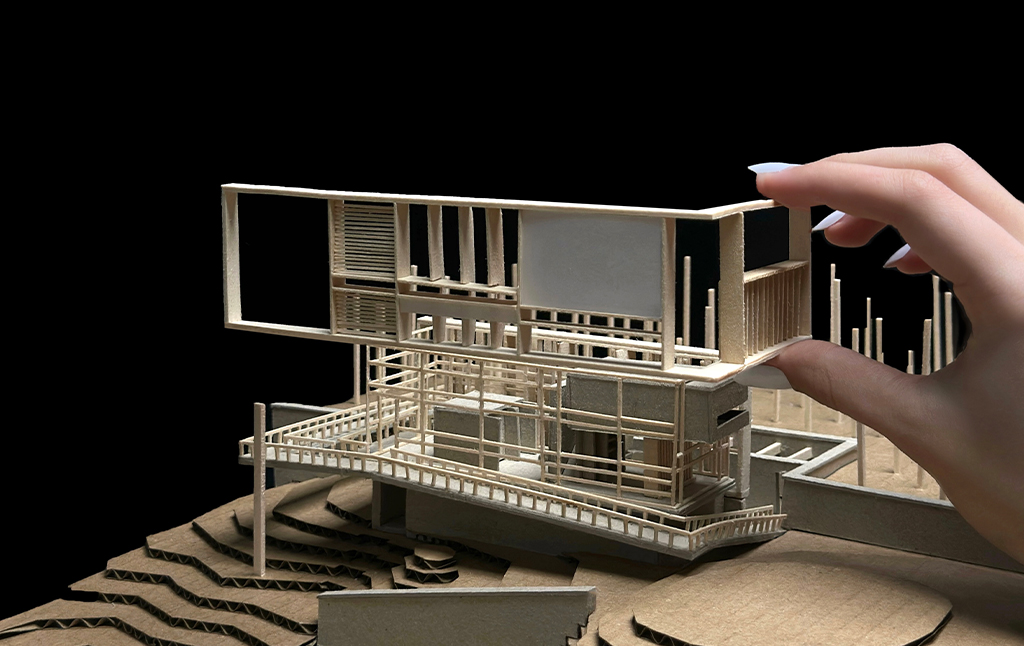
Teaching Portfolio
Collection of student work at the American University of Sharjah and Harvard University.
Image Credit: Lara Yassine (B.Arch ‘28)
Teaching
︎
︎
